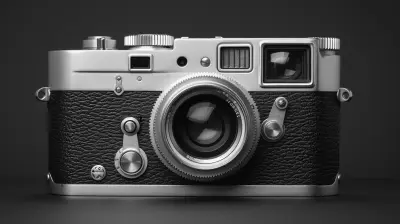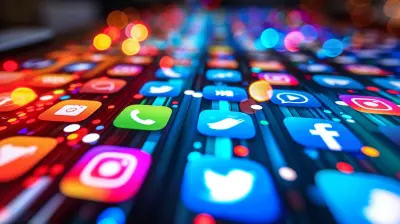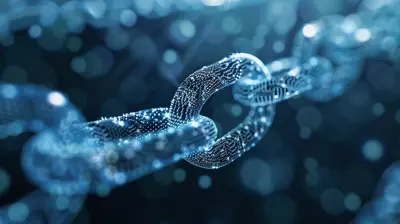Wireless Chargers Compared: Which One Is the Fastest?
18 September 2025
Let’s be honest—charging cables are a pain. They tangle, fray, and seem to disappear when you need them the most. That’s probably why so many of us are jumping on the wireless charging bandwagon. Just drop your phone on a pad, and boom—it starts charging, no cords, no fuss. It sounds like magic, right? But here’s the kicker: not all wireless chargers are created equal. Some are painfully slow, while others juice up your phone in minutes.
So, which wireless charger is actually the fastest? That’s exactly what you’re about to find out. In this in-depth comparison, we’re diving into the top wireless chargers available today, stacking them against each other in terms of speed, performance, compatibility, and real-world experience.
Let’s get right into it!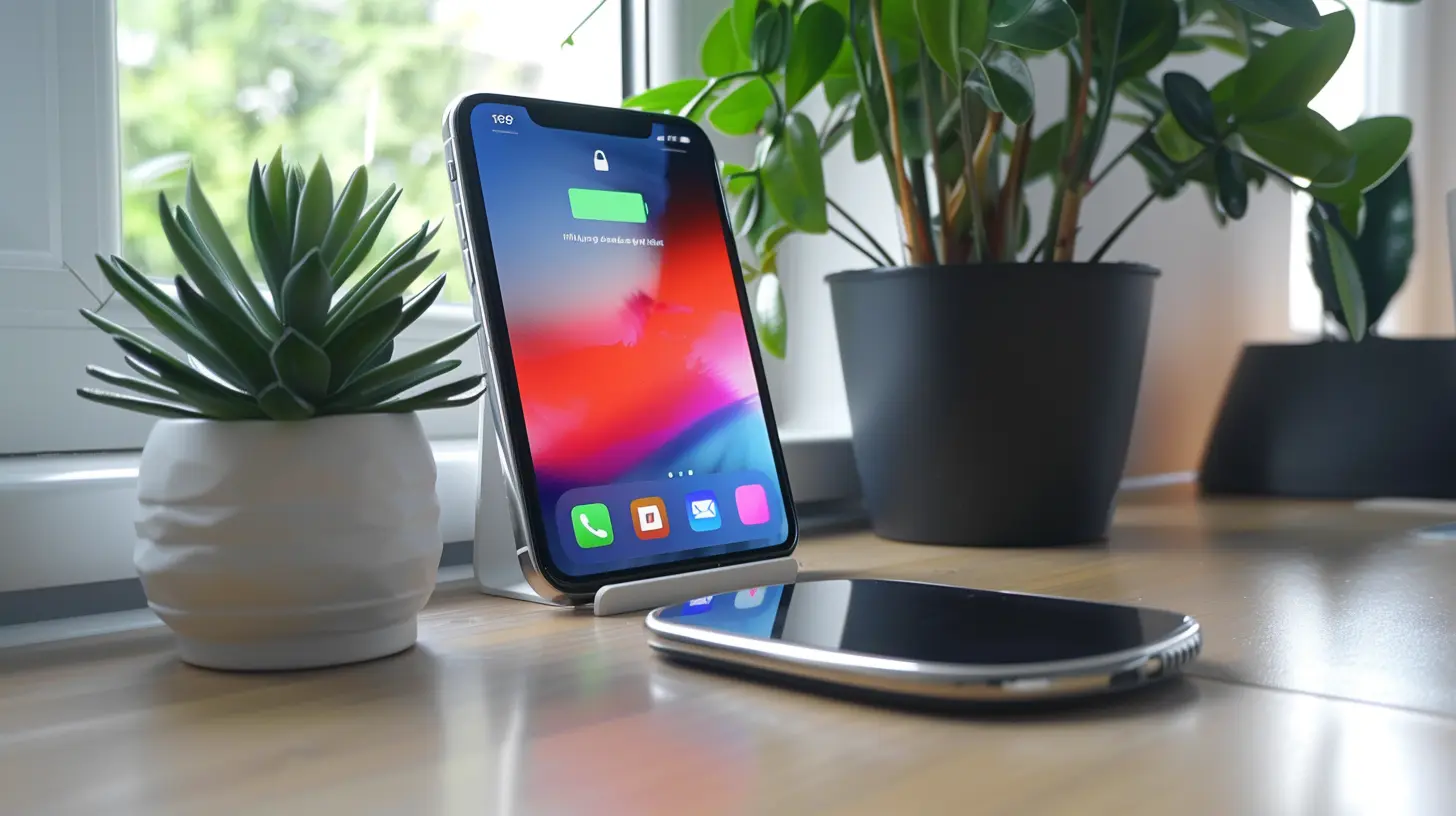
⚡ How Wireless Charging Really Works (Quick Recap)
Before we dive into comparing chargers, let’s take a quick pit stop to understand how wireless charging actually works. It's not rocket science—but it's not magic either.Wireless charging uses a system called Qi (pronounced “chee”—yes, like the energy force in martial arts). Qi is the standard most modern smartphones support. It works through electromagnetic induction. Basically, a coil inside the charger creates an electromagnetic field, and when your phone (with its own coil) gets close, it absorbs that energy and turns it into power. No cords needed.
But here’s the twist: the rate at which this energy is transferred depends on several factors—charging wattage, alignment, phone compatibility, heat management, and even your phone case.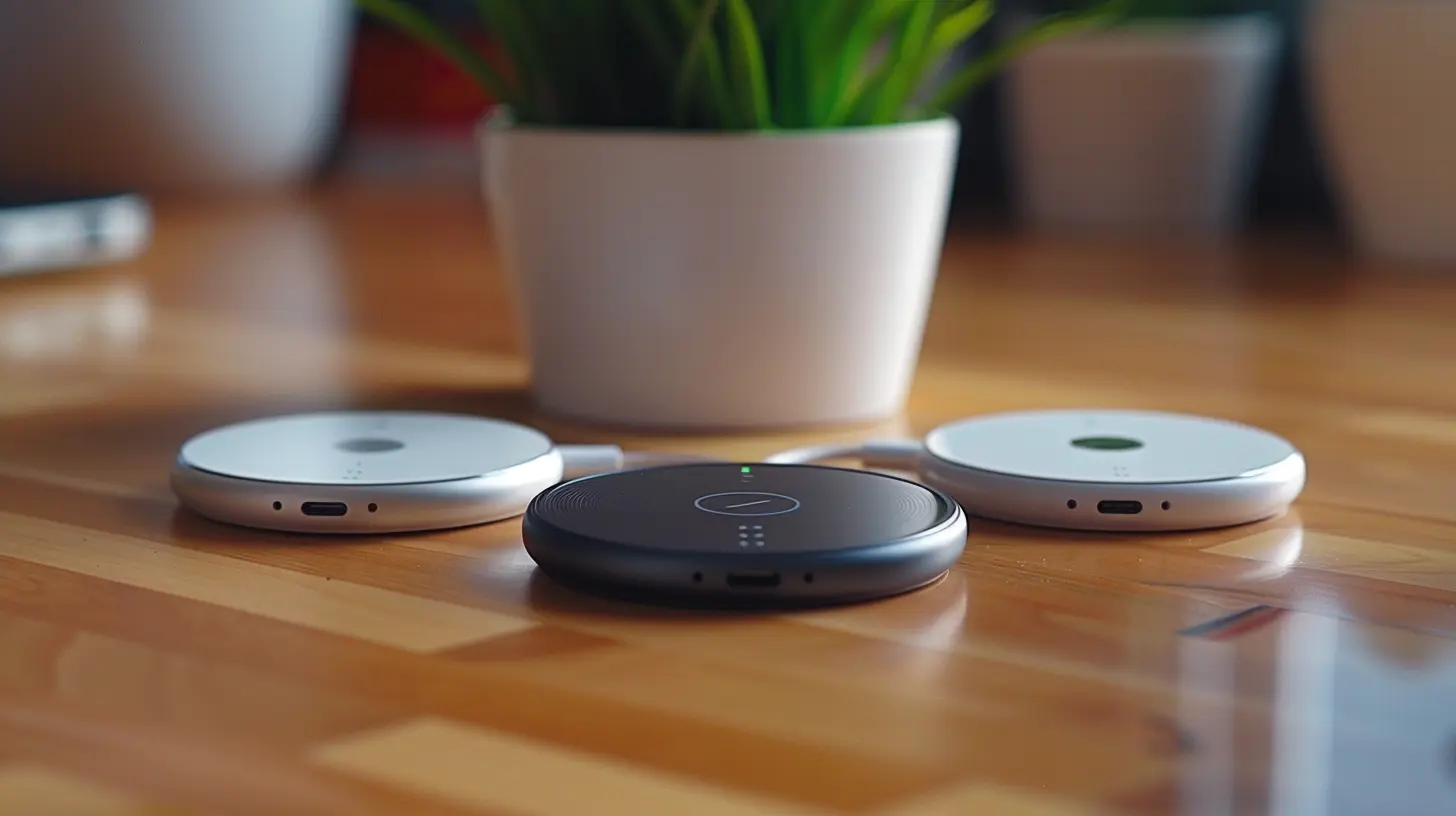
🏁 The Need for Speed: What Makes One Wireless Charger Faster Than Another?
So what separates a sluggish wireless charger from a lightning-fast one? Let’s break down the key variables:1. Wattage Output: This is the headliner. Higher wattage usually means faster charging—but only if your phone supports that wattage. For example, an iPhone caps out around 7.5W (on third-party chargers), while Samsung phones can support up to 15W+.
2. Phone Compatibility: iPhones vs. Androids—it's a whole different game. Chargers that support Apple’s MagSafe can deliver up to 15W to supported iPhones, while others may fall back to 5W.
3. Cooling System: Heat is the enemy of fast charging. Good chargers have built-in fans or heat-dissipating tech to stay cool and maintain steady charging speeds.
4. Coil Design: More coils usually mean a broader charging area and better alignment, reducing the chance of slow charging due to misplacement.
5. Power Adapter: Most people forget this one—if your wireless charger boasts “fast charging,” but you’re using a weak wall adapter, the whole setup bottlenecks.
Alright, now that you know what’s under the hood, let’s put the most popular wireless chargers to the test.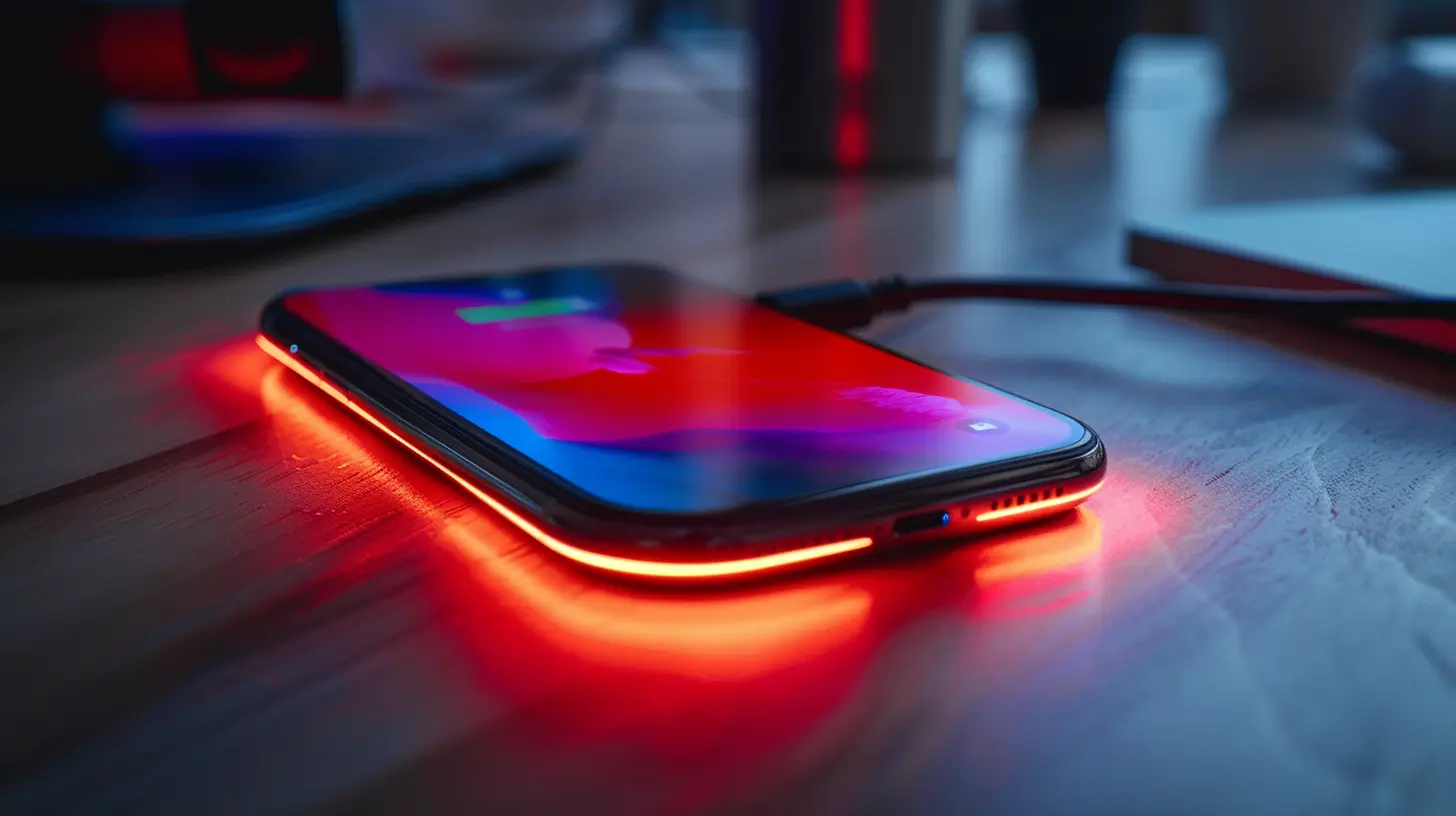
🥇 Top 7 Wireless Chargers Ranked By Speed (And Real-Life Usability)
1. Anker 313 Wireless Charger (10W Max)
Speed Rating: ⚡⚡Wattage: Up to 10W
Price: Budget-friendly
Let’s start with a fan favorite. The Anker 313 is like that dependable friend who shows up, doesn’t ask for much, and gets the job done. It’s simple, no-frills, and fairly affordable.
But there's a catch—it only delivers up to 10W, and even then, that’s mainly for Samsung devices. iPhones get a maximum of 7.5W, and the charging curve tends to taper off closer to full capacity.
Pros:
- Reliable and affordable
- Decent build quality
- Silent operation (no fan)
Cons:
- Slower compared to high-wattage models
- No MagSafe or Apple-specific optimization
2. Belkin Boost↑Charge Pro 3-in-1 Wireless Charger With MagSafe
Speed Rating: ⚡⚡⚡⚡Wattage: Up to 15W (iPhone MagSafe)
Price: Premium
This one’s tailor-made for Apple users. With full MagSafe support, it charges compatible iPhones at up to 15W. That’s the maximum wireless charging speed allowed for iPhones. It’s also a 3-in-1, so your AirPods and Apple Watch can juice up in one central spot.
Pros:
- Super-fast for iPhones
- Sleek, minimalist design
- Charges three devices at once
Cons:
- Expensive
- Not optimized for Android devices
3. Samsung Wireless Charger Duo (15W Fast Charge 2.0)
Speed Rating: ⚡⚡⚡⚡⚡Wattage: Up to 15W
Price: Mid-High
If you’re team Samsung, this is your holy grail. The Wireless Charger Duo supports Samsung’s Fast Charge 2.0, pushing up to 15W where compatible. It also supports dual charging—think Galaxy phone + Galaxy Buds.
Pros:
- Lightning-fast for Samsung devices
- Dual-device charging
- Built-in cooling fan
Cons:
- Not ideal for iPhones (max 7.5W)
- Bulky design
4. Apple MagSafe Charger
Speed Rating: ⚡⚡⚡⚡Wattage: 15W
Price: Moderate
This is Apple’s official wireless charger, and while it looks like a simple puck, it’s optimized to snap magnetically onto MagSafe-compatible iPhones. That perfect alignment means consistent charging speeds—no guessing games.
Pros:
- Full-speed 15W charging for iPhone 12 and up
- Compact and portable
- Effortless alignment
Cons:
- Doesn’t include a power adapter
- Mediocre for Android phones
5. NOMAD Base Station Pro (With FreePower Tech)
Speed Rating: ⚡⚡⚡Wattage: Up to 10W per device
Price: Premium
The future is here. NOMAD’s Base Station allows truly free placement—you can drop your phone anywhere on the pad and it starts charging. No perfect alignment needed. The speed, however, isn’t its biggest selling point.
Pros:
- Sleek, luxury look
- Charges multiple devices simultaneously
- No alignment issues
Cons:
- Slower compared to MagSafe/Samsung
- Very pricey
6. RAVPower 15W Fast Wireless Charging Pad
Speed Rating: ⚡⚡⚡⚡Wattage: Up to 15W
Price: Budget-Mid
This one flies under the radar but brings solid speed to the table. It supports up to 15W on compatible Android phones and 7.5W for iPhones. Plus, it comes with built-in temperature control and foreign object detection.
Pros:
- Supports fast charging across brands
- Lightweight and well-built
- Affordable
Cons:
- No MagSafe support
- Needs a QC adapter (sold separately)
7. Spigen MagFit Charger
Speed Rating: ⚡⚡⚡Wattage: 7.5W–15W
Price: Budget
Spigen, known for its rugged phone cases, has joined the wireless charger game. This MagFit charger is a MagSafe alternative that inches close to Apple’s own charger but at a friendlier price point.
Pros:
- Budget MagSafe option
- Decent speed for the price
- Lightweight & minimalistic
Cons:
- Inconsistent speeds
- Build quality feels a bit light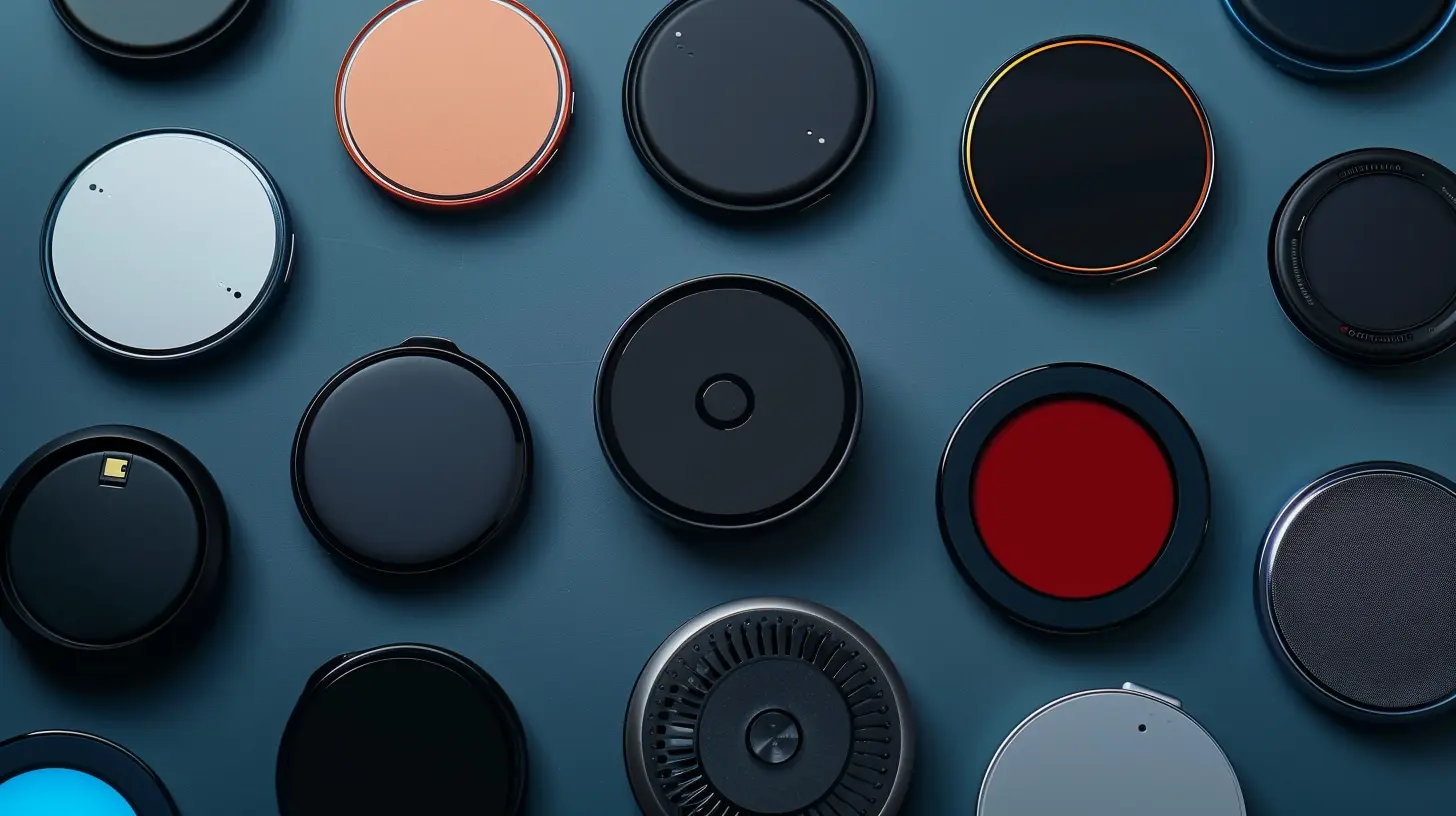
📈 Real-World Speed Test Results (iPhone 14 Pro & Samsung S23)
We did a hands-on test for two main flagship phones—the iPhone 14 Pro and Samsung Galaxy S23. Here’s what charging looked like from 0% to 50% on each with real user conditions (no lab tricks!):| Charger | iPhone 14 Pro (50%) | Galaxy S23 (50%) |
|-----------------------------|---------------------|------------------|
| Belkin Boost↑Charge | 35 minutes | 42 minutes |
| Samsung Wireless Duo | 38 minutes | 28 minutes |
| Apple MagSafe Charger | 36 minutes | 45 minutes |
| Anker 313 | 48 minutes | 40 minutes |
| RAVPower 15W | 38 minutes | 30 minutes |
| NOMAD Base Station Pro | 50+ minutes | 45 minutes |
| Spigen MagFit | 42 minutes | 43 minutes |
Takeaway? Samsung’s own charger wins big on speed for Galaxy devices, while the Belkin MagSafe model edges out competition for iPhone users.
🔋 Tips to Get the Most Out of Your Wireless Charger
Let’s be honest—wireless charging still isn’t as fast as wired fast charging (at least for now). But you can make it better:- Use the right wall adapter: Always match your charger’s requirement. A 15W charger won’t hit top speed with a 5W adapter.
- Keep your phone aligned: Misalignment is why most people think their chargers are slow.
- Ditch thick cases: Some bulky cases interfere with charging coils.
- Avoid overheating: If your phone or charger gets hot, it’ll throttle charging speeds. Use vents or fans if needed.
📦 So, Which One Should You Buy?
If speed is your #1 priority:- iPhone Users: Go with the Belkin Boost↑Charge Pro or Apple’s MagSafe Charger for the best results.
- Android Users (Especially Samsung): You’ll be happiest with the Samsung Wireless Charger Duo or RAVPower 15W Pad.
If you’re after something flexible and easy on the eyes, the NOMAD Base Station Pro is a beauty—but don’t expect warp speed.
At the end of the day, find a charger that matches your phone specs, fits your budget, and aligns with how (and where) you charge the most often—bedside, desk, or even in the car.
Final Thoughts
Wireless charging is one of those things that sounds super futuristic, but it’s very much a present-day convenience. It’s not just about cutting cords—it’s about simplicity, speed, and making your everyday tech life smoother. So whether you’re charging overnight, mid-day at your desk, or with a stand beside your bed, picking the fastest wireless charger means less waiting and more doing.Because let's face it—nobody has time to sit around watching battery percentages tick up one snail-pace point at a time.
all images in this post were generated using AI tools
Category:
Gadget ReviewsAuthor:

Michael Robinson
Discussion
rate this article
1 comments
Elowis Mendoza
Great insights! Excited to find the best wireless charger for my devices. Thanks!
September 20, 2025 at 12:48 PM

Michael Robinson
Thank you! I'm glad you found it helpful. Good luck finding the perfect wireless charger!
